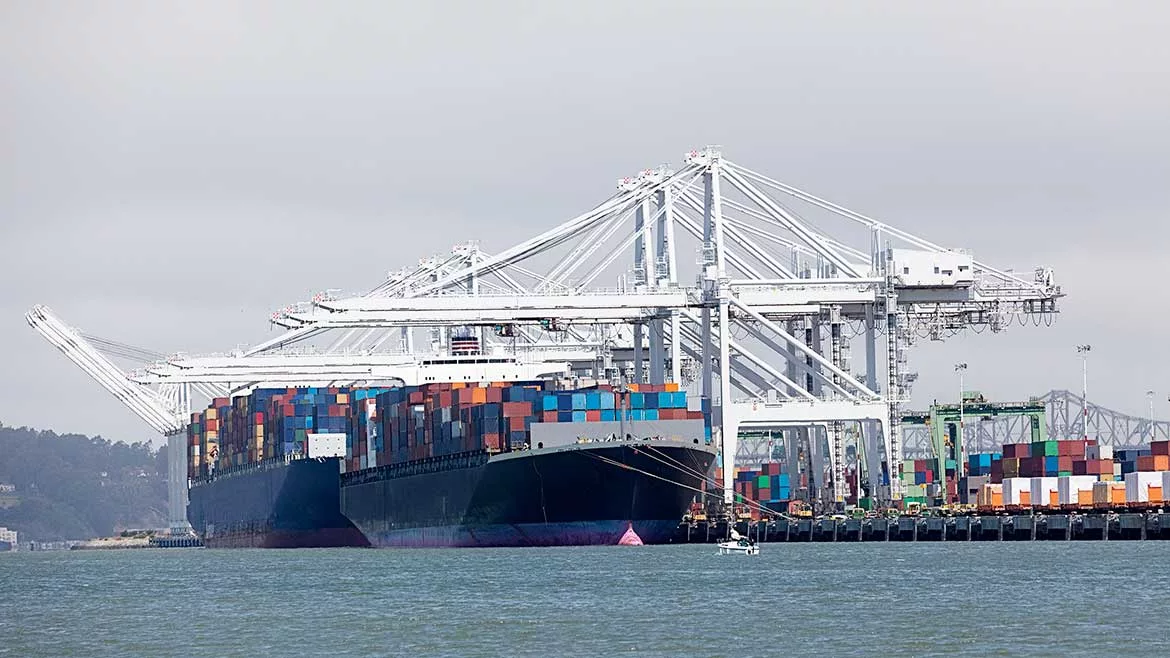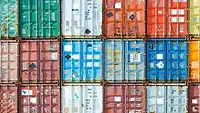Import Surge Expected as Retailers Rush to Beat Tariff Deadlines

Photo: 4x6 / iStock / Getty Images Plus/ via Getty Images
Import cargo at major U.S. container ports is projected to surge through summer as retailers capitalize on a temporary 90-day tariff reduction on Chinese goods, according to the Global Port Tracker report released by the National Retail Federation and Hackett Associates.
The rush comes as retailers prepare for back-to-school and holiday seasons while navigating uncertain trade policy. Many had previously suspended or canceled orders after the Trump administration announced a 145% tariff on China in April, but resumed imports when tariffs were reduced to 30% with a pause lasting until August 12.
"This is the busiest time of the year for retailers as they enter the back-to-school season and prepare for the fall-winter holiday season," said Jonathan Gold, NRF Vice President for Supply Chain and Customs Policy. "Retailers had paused their purchases and imports previously because of the significantly high tariffs. They are now looking to get those orders and cargo moving in order to bring as much merchandise into the country as they can before the reciprocal tariff and additional China tariff pauses end in July and August."
The data reveals the immediate impact of tariff uncertainty on trade flows. U.S. ports handled 2.21 million Twenty-Foot Equivalent Units in April, up 9.6% year-over-year, before the tariff impact was felt. However, May projections show a dramatic reversal to 1.91 million TEU, down 13.4% from April and 8.1% year-over-year—the first annual decline since September 2023.
"Our projections show that May saw a significant reduction in imports as shippers responded to the higher tariff environment," said Ben Hackett, founder of Hackett Associates. "However, tariff reductions will lead to a surge in imports in June through August as importers take advantage of the various 90-day pauses."
The compressed timeline is creating an unusual market dynamic. Hackett noted that "the peak for the winter holidays will come early this year, making it simultaneous with the peak for the back-to-school season."
Port activity is expected to rebound in June with 2.01 million TEU, though still down 6.2% year-over-year. July and August are forecast at 2.13 million and 1.98 million TEU respectively, both showing year-over-year declines but representing significant increases from May's projected low point.
The outlook becomes more challenging for the year's final months. If higher tariffs resume as scheduled, imports are expected to decline sharply, with September forecast at 1.78 million TEU (down 21.8% year-over-year) and October at 1.8 million TEU (down 19.8%).
Higher reciprocal tariffs on other nations have also been paused until July 9 as the administration negotiates with trading partners, adding another layer of complexity to supply chain planning.
Gold emphasized the broader implications for consumers and the economy: "Retailers want to ensure consumers will be able to find the products they need and want at prices they can afford. Unfortunately, there is still considerable uncertainty as to what will happen after the pauses end. We strongly encourage the administration to continue negotiating agreements with our trading partners in order to restore predictability and stability to the supply chain."
The first half of 2025 is forecast to reach 12.54 million TEU, up 3.7% year-over-year—an improvement from the 12.13 million TEU forecast before the tariff pause was announced, but still below pre-tariff projections of 12.78 million TEU.
The Global Port Tracker covers major ports including Los Angeles/Long Beach, Oakland, Seattle, and Tacoma on the West Coast; New York/New Jersey, Port of Virginia, Charleston, Savannah, Port Everglades, Miami, and Jacksonville on the East Coast; and Houston on the Gulf Coast.
Looking for a reprint of this article?
From high-res PDFs to custom plaques, order your copy today!





